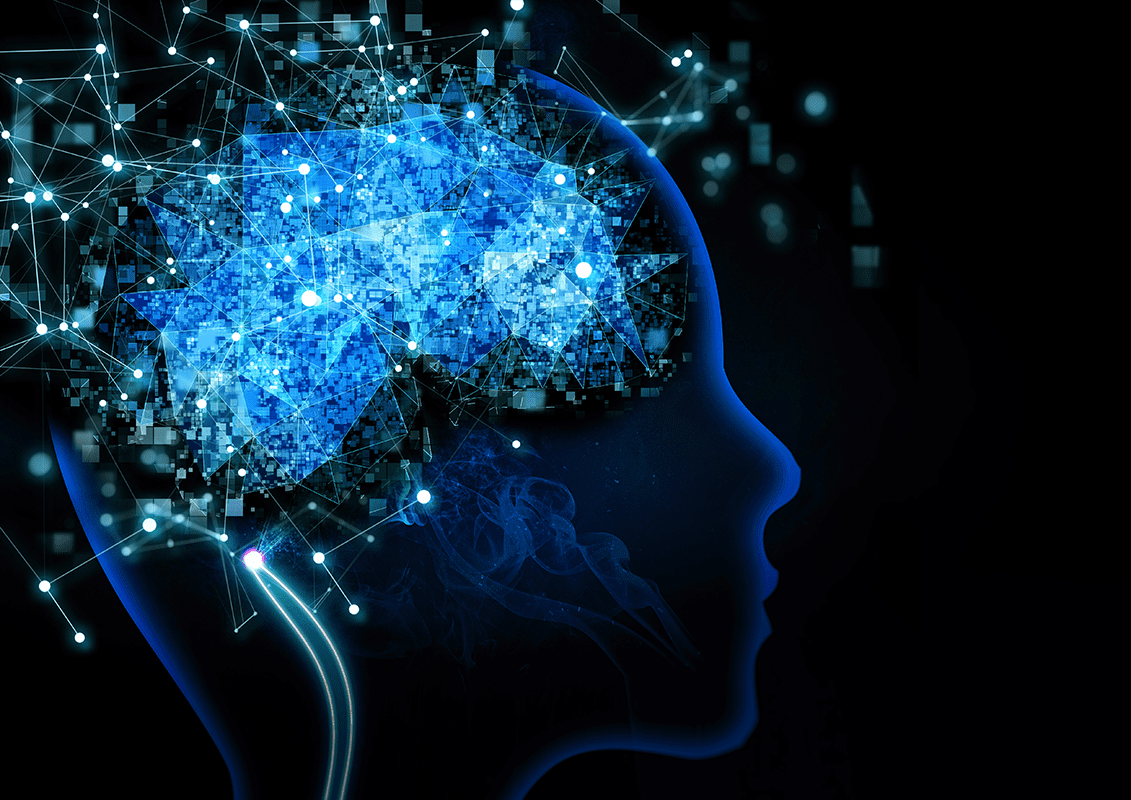In a just-published study, a team of Chinese researchers assessed the efficacy of a twenty minute, twice-daily transcranial direct current stimulation (tDCS) on enhancing cognitive function and motor cortex plasticity in Alzheimer’s patients.
tDCS is a safe and non-invasive technique that uses a small jolt of electrical current to stimulate targeted areas of the brain. Placed on the scalp, electrodes deliver a gentle current that nudges the brain into increased activity and adaptability within the targeted region. Previous research suggests that this “brain zap” technique could potentially help individuals with cognitive impairments like dementia by enhancing their brain’s ability to adapt and change.
Neurostimulation can lead to positive changes in various brain functions, including improved memory, learning, attention, and even motor control. Researchers believe that tDCS works by enhancing brain cell communication, strengthening neural connections, and possibly even encouraging the growth of new brain cells, essentially giving the brain a gentle workout to help it function at its best. While the exact mechanisms are still being explored, tDCS offers a promising and non-invasive approach to promoting brain health and cognitive function.
Wasabi May Offer A Spicy Solution for Boosting Brain Power
Treatment for Neuropsychiatric Symptoms of Dementia
Dirty Air from Wildfires Linked to Higher Dementia Risk
Study Results
The study involved a double-blind, randomized control trial with 124 Alzheimer’s patients. Researchers divided the subjects into two groups: one group received active tDCS, while the other underwent sham treatment. Treatment targeted the stimulation at the dorsolateral prefrontal cortex, a crucial area for cognitive function in the brain.
This treatment was administered twice daily, five days a week for six weeks. During this period, patients underwent regular cognitive assessments for motor cortex plasticity using standardized cognitive tests and motor evoked potential (MEP) measurements to track the changes in the subjects’ cognitive abilities.
At the end of the evaluation period, the subjects in the tDCS group demonstrated significant cognitive improvements, especially in memory domains like word recall, test instruction recall, and word recognition. There was a notable reduction in ADAS-Cog scores, indicating improved cognitive performance. Additionally, enhanced motor evoked potentials (MEPs) suggested increased cortical plasticity.
“Taken together, tDCS is a promising method for improving cognitive function with sufficient treatment,” says Xingxing Liu, the study’s first author from Zhejiang University, in a media release. “It is supported by electrophysiological evidence (MEP) in patients with Alzheimer’s disease, and these results support the potential role of cortical plasticity as a biomarker of treatment effect in patients with Alzheimer’s.”
Study Implications
Currently, the primary treatment for Alzheimer’s disease usually involves medication. However, even the most effective FDA-approved drugs offer limited benefit. Non-invasive brain stimulation is a hot area in research because of its painless approach and promising clinical results.
Though the study was small and lacked additional testing to observe structural and functional changes in the brain, its findings could have significant implications for both research and in practice. The results highlight the importance of cortical plasticity as a key electrophysiological indicator in clinical practice, providing valuable insight into the brain’s response to tDCS treatment. Furthermore, understanding the relationship between plasticity and cognitive improvement in Alzheimer’s may pave the way for future research exploring its significance in other types of cognitive impairments.
“tDCS can significantly improve the working memory of older patients, and the stimulation changes the resting-state functional connectivity of the frontoparietal brain region,” adds Liu. “The results of this study strongly indicate that tDCS treatment is a significant and promising intervention for improving cognitive function in Alzheimer’s.”




